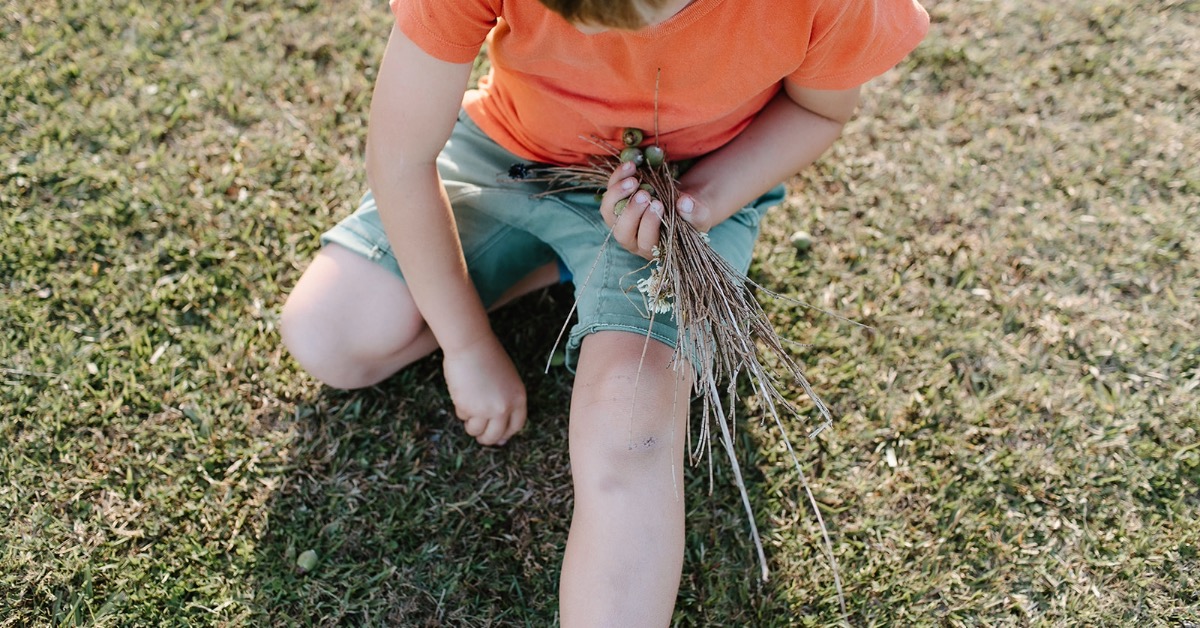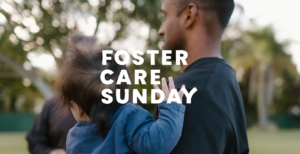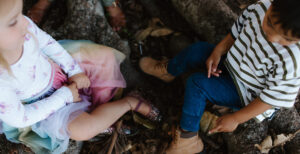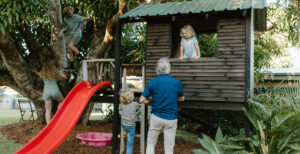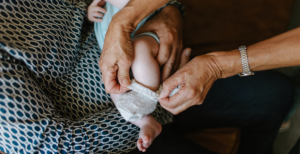The importance of understanding trauma
We cannot overemphasise how important it is to have an understanding of trauma if you are opening your home and life to a child through home-based care.
There is a high threshold for removal of a child from their home, so to put it simply, they have experienced some hard things. It has been reported that close to 100% of kids in care are dealing with the trauma of neglect or abuse.
A child’s experience of relational trauma impacts every part of them – brain, biology, body, beliefs and behaviours. Understanding some of the science around the brain and the power of relationship for healing, helps us shift our approach and be better positioned to provide safe and healing environments for children whose stories include trauma.
Many children who have experienced trauma – a lack of felt safety and a high level of stress – find it harder to stay internally regulated. Their brain is on high alert and their resting heart rate is faster as they live in a ‘hot zone’ of survival mode most of the time where ‘fear mode’ easily takes over. Our brain and body were not designed to stay in this mode for long and the impact on the brain can be significant. Children from hard places have developed survival strategies, which we need to recognise as such, and help them to find new ways of relating and behaving.
Behaviour is a child’s way of communicating hidden or unspoken needs and feelings.
We need to learn to see the need behind the behaviour and to meet that need, for healing and positive change to happen. Naturally, this is challenging. The brain of a child with a trauma experience needs to be rewired to learn that adults are safe and can be trusted. This can take a long time. However, the plasticity of the brain gives so much reason for hope.
The most effective environments for children to recover from trauma are safe, nurturing and consistent. Resilience can be established for a child or young person through the support of caring and committed adults, who help provide the context and scaffolding for them to learn healthier ways of navigating their world.
Even very brief moments of attuned, nurturing, positive interaction can be therapeutic.
It’s important to note that caring for children who have experienced trauma or neglect, who are bringing their learned ways of relating into the relationship, can push a carer’s own ‘hot buttons’, or bring to the surface past hurts or trauma that may have been hidden. One of the greatest things we can do to help the kids we care for, is resolve our own histories. It takes work but it’s worth it.
Trauma-informed care is such an important area to grow in knowledge around. We strongly encourage you to keep learning in this space. There is so much potential for healing and growth in our own lives as we work to become more aware of what we’re bringing into interactions with our biological children, children we open our homes and lives to, and with each other.
Keep learning…
- Read more about trauma, the brain & behaviour.
- Check out our Reading & Resources List.
- If you’re curious about Foster Care, The Homeward Project Foster Care: First Steps material includes further exploration of trauma.
If you’re a Kids or Youth Ministry leader and want to build your teams’ understanding of a trauma-informed approach, check out our Trauma-informed Training.

